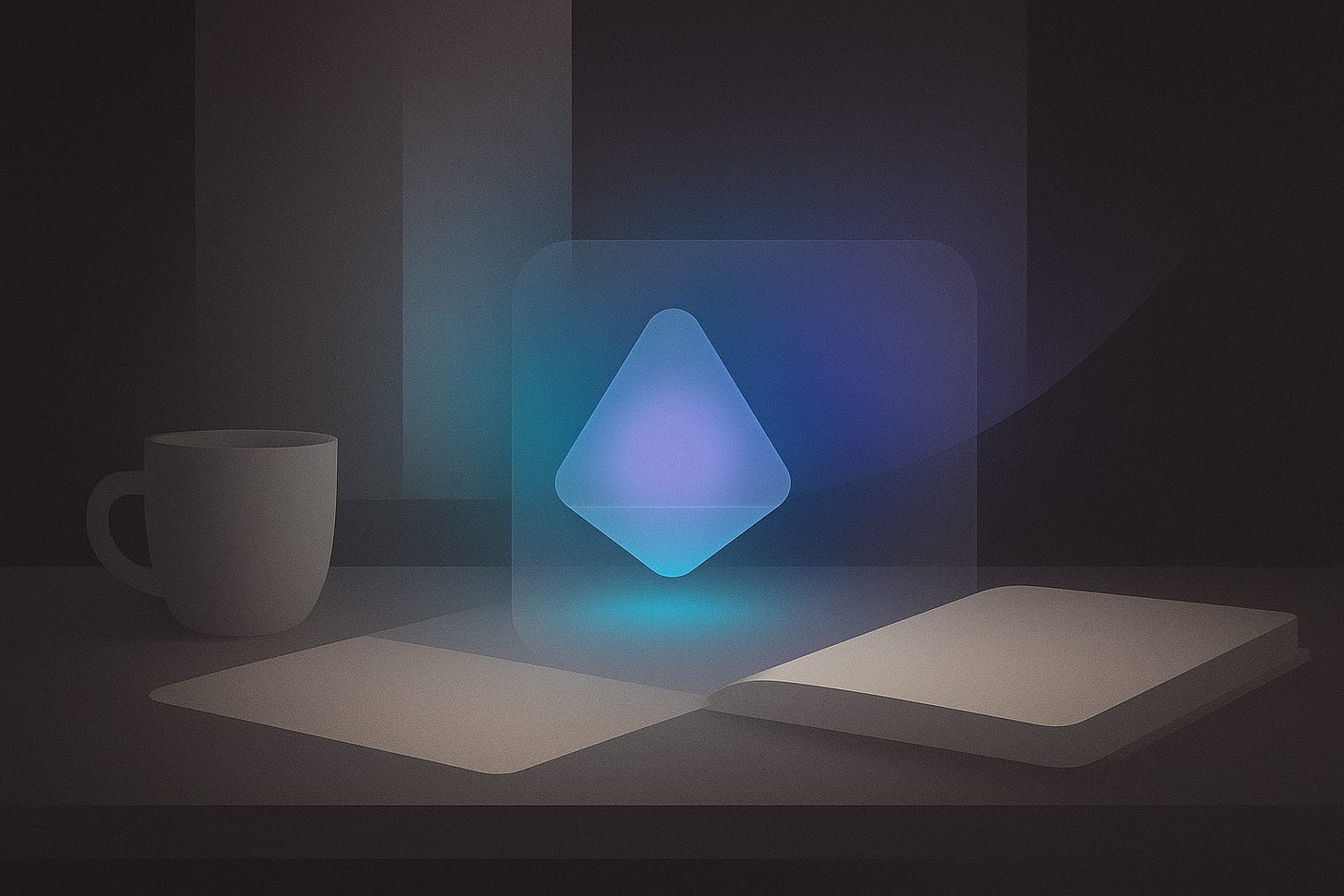Leave Room To Doubt.
Exploring what it means to think — when thinking is no longer required.
It is 12pm. AIssisty © , my hyperfocus work companion, speaks in its euphonious voice:
“You’ve been using AI-assisted thinking for 3 hours now. For better cognitive recovery and improved insight retention, I will now cut off all access to my systems. We will resume this conversation tomorrow.”
The AI Kill Switch.
Dreaded at first. Embraced at last.
Time to solve this business challenge presented by my board of directors. Time to think on my own — possibly, and preferably with other human beings.
As fictitious as it sounds, this scenario may soon become real – and I am not talking about AI addiction. Cognitive offloading has been with us since the advent of social media — and with it, our growing reliance on external validation. But the deeper concern is this: in doing so, we’ve also offloaded inherently human processes.
Self-questioning. Doubt. Curiosity.
Self-questioning pushes us inward, prompting us to tap the intellectual brakes. That’s what Frances Kelsey did in the 1960s when she refused to approve a harmful drug for the US market. Her concerns were justified — and undoubtedly saved many lives.
Doubt propels our thinking forward. Copernicus doubted that the Earth was at the centre of the cosmos – and he turned out to be right.
Curiosity is an intentional outward leap connecting dots that seem distant until they suddenly click. Take Sam Glassenberg, for instance. Thinking outside the (game) box led him to repurpose game engines into powerful surgical training tools.
In the workplace, we often speak of AI as a tool to build “augmented employees”. Assuming AI does not seek independence from its human yoke, that may be a noble goal.
However, the quasi-systematic recourse to chatbots to find answers has me worried. Making AI systems an integral part of our workday may multiply productivity, but it will also create subtracted employees.
The AI Kill Switch. A blissful blessing on the path to rediscovering ourselves? Or just wishful thinking?
If you had to design one, what would yours look like?


